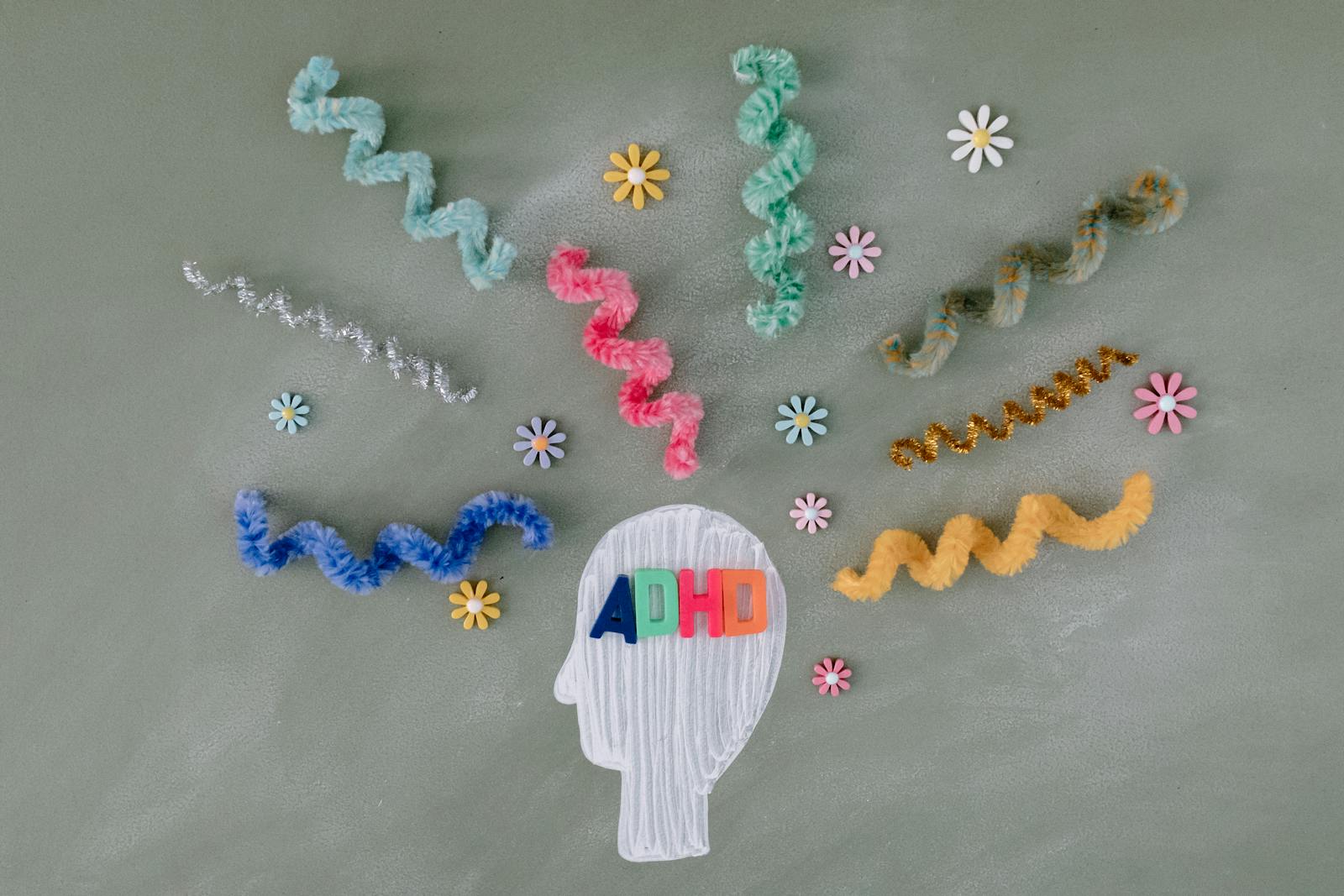Many people think of intelligence and disability as opposites. But for some individuals, both traits exist at the same time. Living with this combination can be confusing, not only for the person themselves but also for those around them. These individuals might be seen as brilliant in some areas, yet they struggle deeply in others. This contradiction often leads to misunderstandings, misdiagnosis, or worse—being ignored entirely.
People who live with this dual identity often show a wide gap between their potential and their performance. They may have excellent verbal skills but poor writing ability, or be able to solve complex problems mentally but struggle with basic arithmetic or time management. They may speak like adults but need support to organize their homework or follow daily routines. Sometimes, they can focus intensely on a topic they love, and yet find it almost impossible to complete a task they find boring or repetitive.
This uneven profile can make them look inconsistent. Teachers may praise their creative thinking one day and express concern over their inattention the next. Parents might not understand how someone so insightful can also seem so forgetful or overwhelmed. These contradictions can confuse support systems, and make the person feel like no one really sees who they are.
Emotionally, they may be very sensitive—both to their own feelings and to those of others. Many experience frustration, anxiety, or even depression, especially if their needs are not properly addressed. The desire to succeed may clash with the fear of being “found out,” especially if they’ve learned to hide their difficulties. Some develop perfectionism, always trying to live up to their potential while secretly fearing they are not enough. Others may underachieve on purpose, just to avoid pressure or attention.
They often have a strong sense of justice, deep curiosity, and vivid imagination. But at the same time, they may feel out of place—too different to fit in with classmates, and too “complicated” for standard educational support. This can lead to isolation or acting out, not from lack of ability or will, but from a feeling of not belonging anywhere.
To truly support these individuals, we must stop thinking in either/or terms. It’s not about fixing a flaw or polishing a gift. It’s about understanding and embracing the whole person—with their contradictions—and helping them build a life where both their talents and challenges are respected. Instead of forcing them to choose one identity, we can create environments that allow them to thrive as they are.
Living between categories can be lonely. But recognizing and naming this experience is the first step toward belonging. When we stop asking “What’s wrong with you?” and start asking “What do you need to grow?”, we begin to see the full person. And that, more than any label, is what makes inclusion real.



